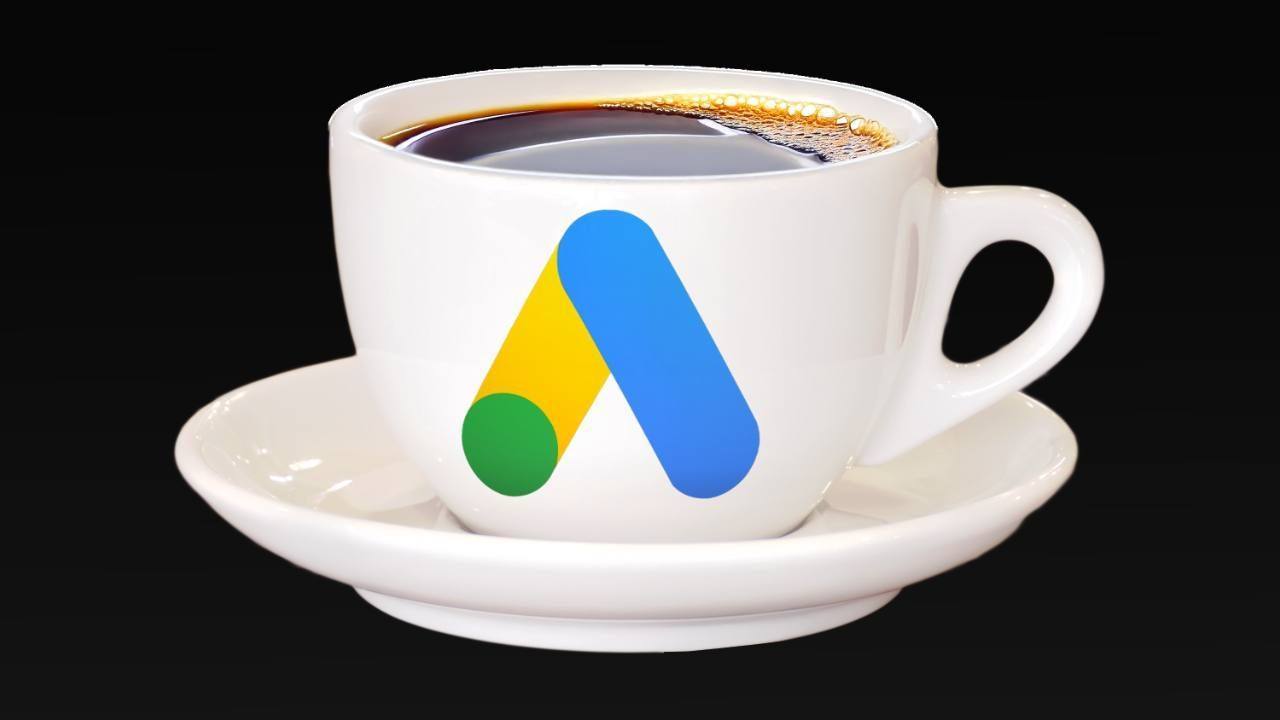Why Google Ads CPCs Keep Increasing (And How to Fix It)

The way people search is evolving, and Google is rolling out major changes in response.
These shifts are significantly impacting Google Ads campaigns, leading to rising Cost-Per-Click (CPC).
If you’ve noticed an increase in your CPCs, you’re not alone.
Why Are Google Ads CPCs Increasing?
Several key changes are driving up CPCs:
-
Match Type Adjustments – Google has transitioned from focusing on exact keyword phrases to interpreting user intent.
-
New Campaign Types – The introduction of Performance Max and Demand Gen campaigns has altered bidding and targeting strategies.
-
Shift in User Behavior – More users are starting their searches with AI-driven tools like ChatGPT and Perplexity before heading to Google.
The long term affect will be that there will be fewer Ad Placements as Google continues integrating more ads into AI-generated results, meaning fewer available ad spaces in traditional search results.
Fewer placements combined with increasing demand will drive CPCs up.
What Can You Do to Reduce Google Ads CPCs?
The key to managing CPC inflation is adapting your campaign strategy. To stay ahead, businesses must diversify their approach beyond a single campaign type.
Instead of relying solely on Search campaigns, it’s time to use a combination of 3-5 different campaign types to optimize performance and cost-effectiveness.
1. Use Different Google Ads Campaign Types the Right Way
Historically, businesses could succeed with just one or two campaign types.
In 2025 and beyond, you need a multi-campaign approach. Here are the essential types you should be using:
-
Search Ads – Best for lead generation and high-intent traffic.
-
Shopping Ads – Ideal for eCommerce brands to showcase products.
-
Performance Max Ads – Utilizes Google’s AI for cross-channel targeting.
-
Display Ads – Helps with brand awareness and remarketing.
-
Video Ads – Engages audiences via YouTube and video platforms.
-
Demand Gen Ads – Optimized for discovery and social-like engagement.
The effectiveness of these Google Ads campaigns depends on proper setup.
To ensure you’re implementing them correctly, check out my Google Ads Campaign Setup Guides.
Download My Campaign Set Up Guides
2. Deploy Google Ads Campaigns at the Right Time
Not only do you need to use multiple campaign types, but they must also be deployed strategically.
I categorize campaigns into Primary and Secondary groups:
Primary Campaigns:
-
Search Ads (for lead generation businesses)
-
Search + Shopping Ads (for eCommerce brands)
Primary campaigns help:
-
Identify top-performing keywords, ad copies, and landing pages.
-
Build Google Ads audiences and conversion data.
-
Scale your "primary campaigns" until CPCs increase at a higher ratio than your budget increases. This is what I call CPC resistance.
For example: If you raise your Google Ads budget by 10% but CPCs rise by 20%, scaling purely by budget is no longer sustainable.
Secondary Campaigns:
These are introduced when:
-
Budget scaling is no longer viable due to high CPCs or "cpc resistance".
-
Your product/service has low search volume.
-
You need to accelerate growth.
Secondary campaigns include:
-
Display Ads (for brand awareness and retargeting)
-
Video Ads (to engage and educate audiences)
-
Performance Max (to leverage AI-driven optimization)
-
Demand Gen (for top-of-funnel audience expansion)
However, you must structure them properly to prevent overlap and inefficiencies.
3. Avoid Google Ads Campaign Overlap
One of the biggest mistakes advertisers make is running multiple campaigns that target the same:
-
Keywords
-
Audiences
-
Locations
-
Timeframes
When adding new campaigns, ensure each one has a unique audience and purpose:
-
Performance Max should be set to “Bid for New Audiences Only” and exclude branded traffic.
-
Display Campaigns should be restricted to remarketing visitors and non-converters only.
4. Leverage Audience Data and Offline Conversions
To maximize Google’s AI-driven campaigns like Performance Max and Demand Gen, you need high-quality audience and conversion data.
The two core data points to focus on are:
-
Audiences – Build well-segmented in-app Google Ads audiences based on user behavior.
-
Offline Conversions – Especially crucial for lead generation businesses where sales occur outside of Google Ads. Feeding offline conversion data back into Google Ads helps optimize bidding strategies for actual revenue, not just leads.
Final Thoughts: How to Lower Google Ads CPCs
Google Ads is becoming increasingly competitive, and CPCs will continue to rise. However, businesses that adapt their campaign strategy and use multiple campaign types effectively will gain an edge.
If you’re ready to take control of your Google Ads strategy, grab my 6 Campaign Setup Guides and check out my latest video on The Best Google Ads Strategy for 2025.
Let’s optimize your ad spend and drive better results in 2025!
Have a great week,
Aaron

- Monday 17th March, 8pm AEST: Why Google Ads CPCs Keep Increasing (And How to Fix It)
- Wednesday 19th March, 8pm AEST: Before you start Google ads…. Watch this
Head Over To My YouTube Channel 👇
|

[LIVE MASTERCLASS + Q&A]
Google Ads Landing Pages for More Conversions with Ben Drew
💻
Wednesday, 19th March, 2025, 4:30 PM (AEST)
Wedesday, 19th March, 2025 5:30 AM (GMT)
Tuesday, 18th March, 2025, 10:300 PM (PT)



